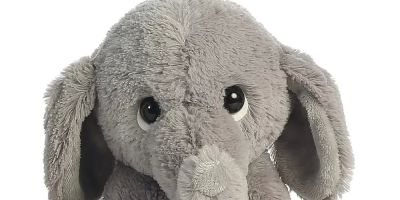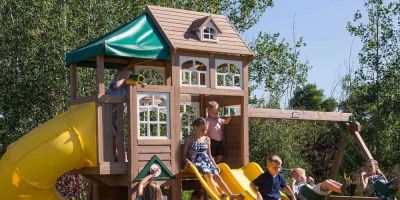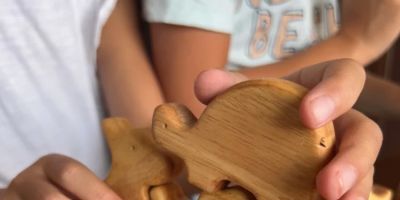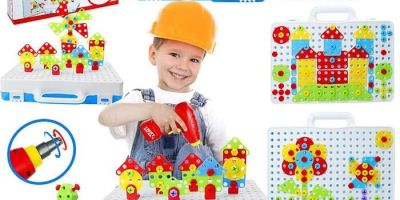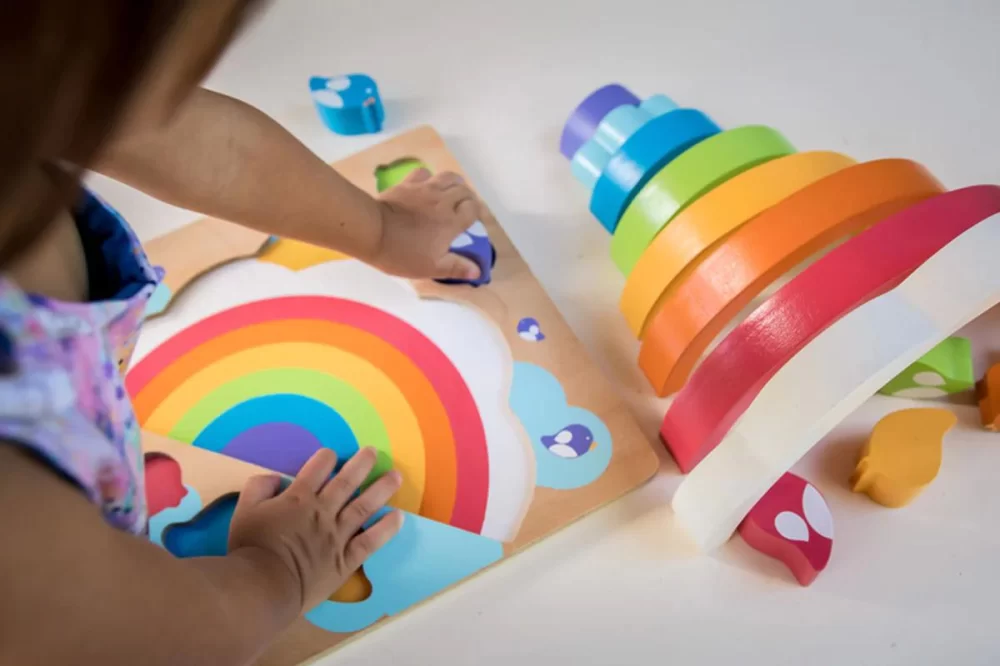
- Engaging Educational Play Using Toys
- Benefits of Learning Through Toys
- Practical Strategies to Make Learning Fun with Toys
- Real-Life Examples Showcasing Learning with Toys
- Choosing the Right Toys for Effective Learning
1. Engaging Educational Play Using Toys
Children naturally learn best when they are curious and actively engaged, which makes toys a powerful tool to create a fun learning environment. Educational toys blend play and learning, helping kids explore concepts such as numbers, shapes, language, and creativity without feeling like they’re in a traditional classroom setting. Using toys as a medium encourages hands-on interaction, stimulating multiple senses and promoting deeper cognitive connections.
For example, building blocks not only teach spatial awareness but also enhance problem-solving skills and fine motor development. Role-playing toys, like kitchen sets or doctor kits, foster social skills and emotional intelligence. These toys make learning immersive and enjoyable, helping children absorb information effortlessly.
1.1 The Role of Play in Cognitive Development
Play with toys is not just entertainment — it’s a fundamental way for children to develop critical thinking and creativity. When kids experiment with puzzles or manipulate construction toys, they develop sequencing and logical reasoning. This cognitive growth builds the foundation for future academic skills, including math and reading.
1.2 Emotional and Social Growth through Toys
Engaging with toys in group settings encourages communication and cooperation. Children learn empathy and negotiation skills when they share toys or collaborate on imaginative play. These social experiences are as valuable as intellectual learning, contributing to well-rounded development.
2. Benefits of Learning Through Toys
Integrating toys into learning offers numerous benefits that extend beyond mere enjoyment. Here’s why incorporating toys is essential in early childhood education:
2.1 Enhances Motivation and Focus
When learning feels like play, children become more motivated and focused. Toys capture their interest naturally, reducing resistance to learning new or complex topics.
2.2 Supports Multisensory Learning
Toys engage sight, touch, hearing, and sometimes even smell and movement. This multisensory stimulation helps solidify knowledge by involving different brain pathways.
2.3 Builds Confidence Through Achievement
Successfully completing a puzzle or mastering a game built around educational concepts boosts children’s confidence. This positive reinforcement encourages them to tackle new challenges eagerly.
3. Practical Strategies to Make Learning Fun with Toys
To truly maximize the educational potential of toys, parents and educators can use some thoughtful approaches that align play with learning goals:
3.1 Integrate Storytelling with Toys
Combining storytelling and toys helps create a meaningful context for play. For instance, while playing with animal figures, parents can tell stories about habitats, fostering both language skills and scientific curiosity.
3.2 Use Themed Learning Sessions
Design play sessions around themes such as space, nature, or construction. This approach provides a focused learning path while keeping children excited about exploring different subjects.
3.3 Encourage Open-Ended Play
Toys that allow multiple uses or interpretations, like building blocks or art supplies, nurture creativity and critical thinking. Avoid overly structured toys that limit imagination.
3.4 Rotate Toys to Maintain Interest
Changing toys periodically prevents boredom and keeps the learning environment fresh. It also encourages children to engage with new skills and concepts.
4. Real-Life Examples Showcasing Learning with Toys
One inspiring story comes from a preschool teacher who noticed a shy child gradually blossom through Lego-based projects. Initially hesitant to communicate, the child began sharing ideas and working collaboratively with peers as the building blocks became a common language. This example demonstrates how toys can break down barriers and stimulate both intellectual and social development.
Another example is a parent using a counting bear set to teach basic math. Instead of traditional flashcards, the parent created games involving sorting and simple arithmetic. The child’s enthusiasm for math grew significantly, making homework time less stressful and more interactive.
These stories reflect the power of well-chosen toys to transform learning from a chore into an engaging adventure.
5. Choosing the Right Toys for Effective Learning
Not all toys have equal educational value. Selecting the right toys involves considering factors like the child’s age, interests, and developmental needs. Toys should be safe, durable, and designed to challenge without causing frustration.
For those looking for a trusted source of high-quality educational toys, Knight Toys offers a curated selection tailored to support diverse learning styles and stages. Whether you seek creative art kits, STEM-focused building sets, or interactive puzzles, Knight Toys provides expert recommendations to make learning fun and impactful.
Investing in the right toys not only enriches children’s learning experiences but also fosters lifelong curiosity and joy in discovery.

